Cats are known for their mysterious and independent nature, often seen as aloof creatures who prefer their own company. However, some cat owners find themselves in a unique situation where their feline friends become overly attached. This attachment can be endearing but may also present challenges. Understanding what happens when your cat becomes too attached can help you navigate this special bond.
Understanding Cat Attachment
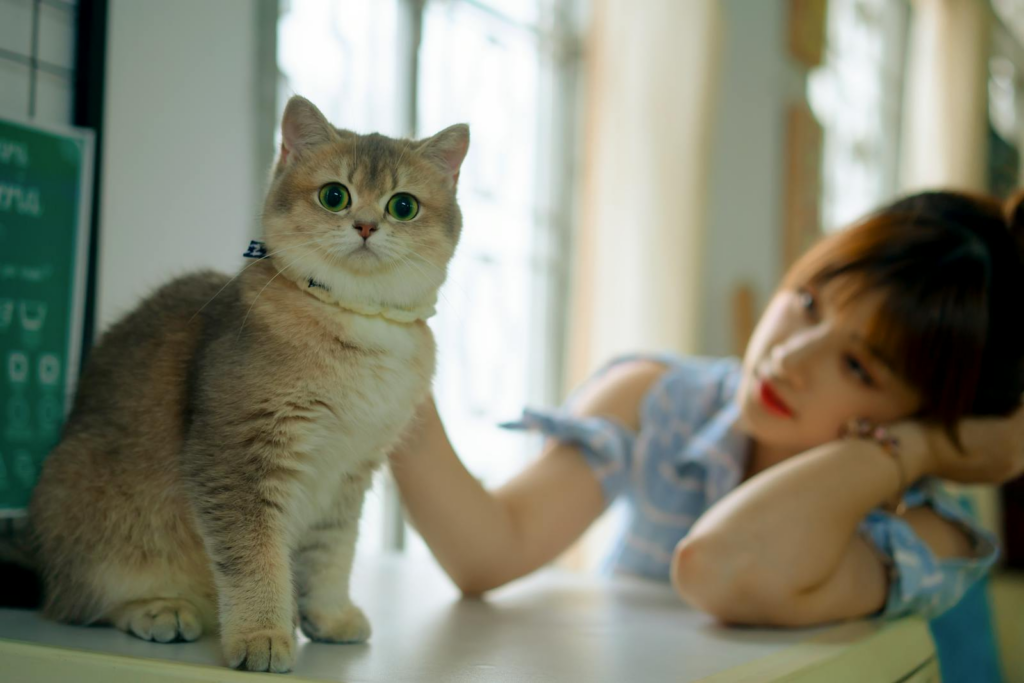
Cats, like humans, have diverse personalities. Some are naturally more sociable and affectionate, while others cherish their solitude. When a cat becomes too attached, it may cling to its owner, seeking constant attention and companionship. This attachment is often rooted in the cat’s early experiences, such as being weaned too early or lacking socialization. Understanding this behavior is crucial for fostering a healthy relationship with your furry friend.
Signs of Over-Attachment in Cats
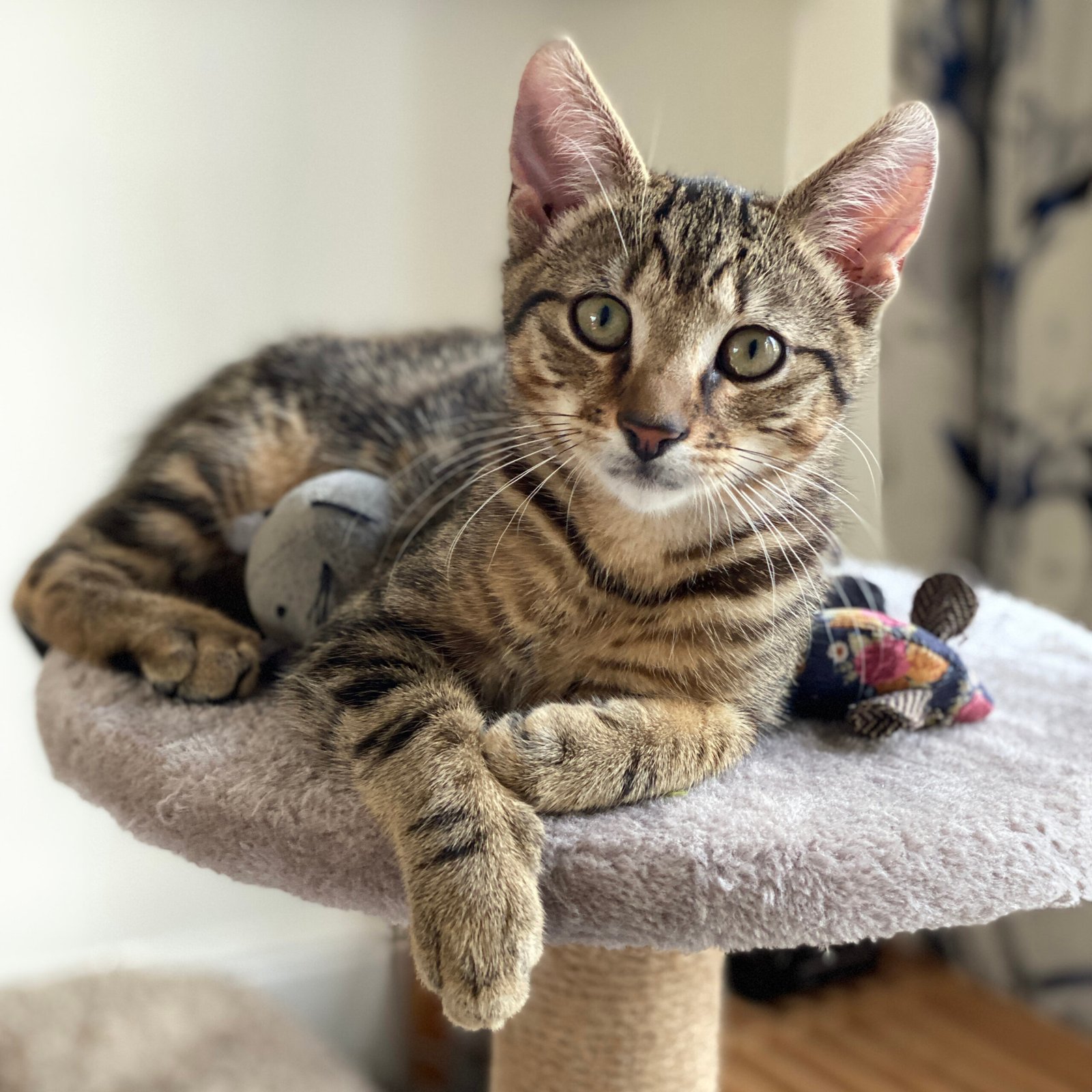
Recognizing when your cat is becoming too attached is the first step in addressing the issue. Common signs include following you everywhere, excessive meowing, and distress when you leave the room. In some cases, your cat might insist on sitting on your lap or sleeping next to you at all times. These behaviors, while charming, can become problematic if they interfere with your daily life.
Reasons Behind Over-Attachment
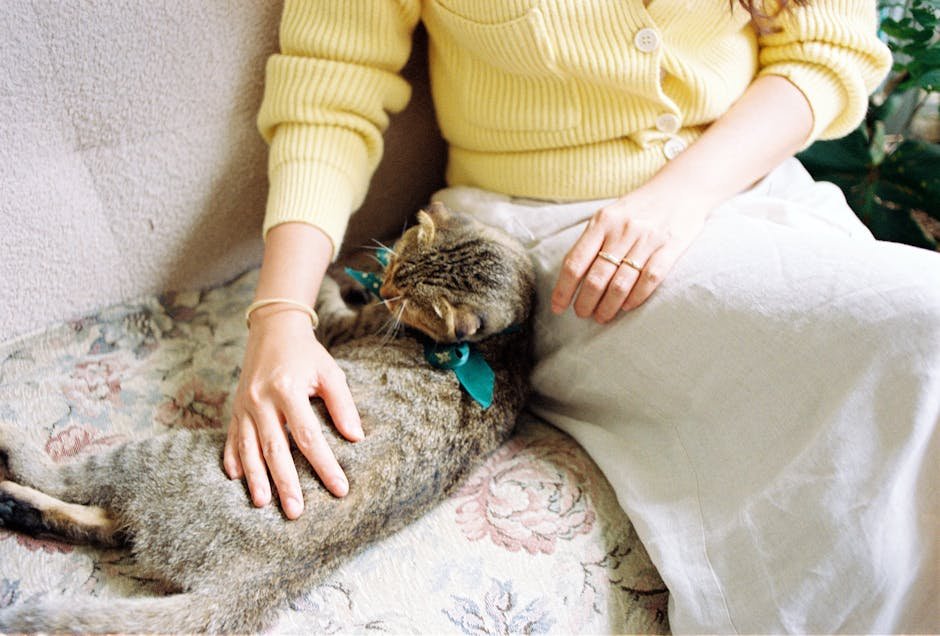
Several factors can contribute to a cat’s over-attachment. Cats that have been separated from their mothers too early or those who have experienced trauma may develop strong attachments as a coping mechanism. Additionally, cats that have been adopted from shelters might cling to their owners due to insecurity. Understanding the root cause can help in addressing this behavior effectively.
The Role of Routine in Cat Attachment
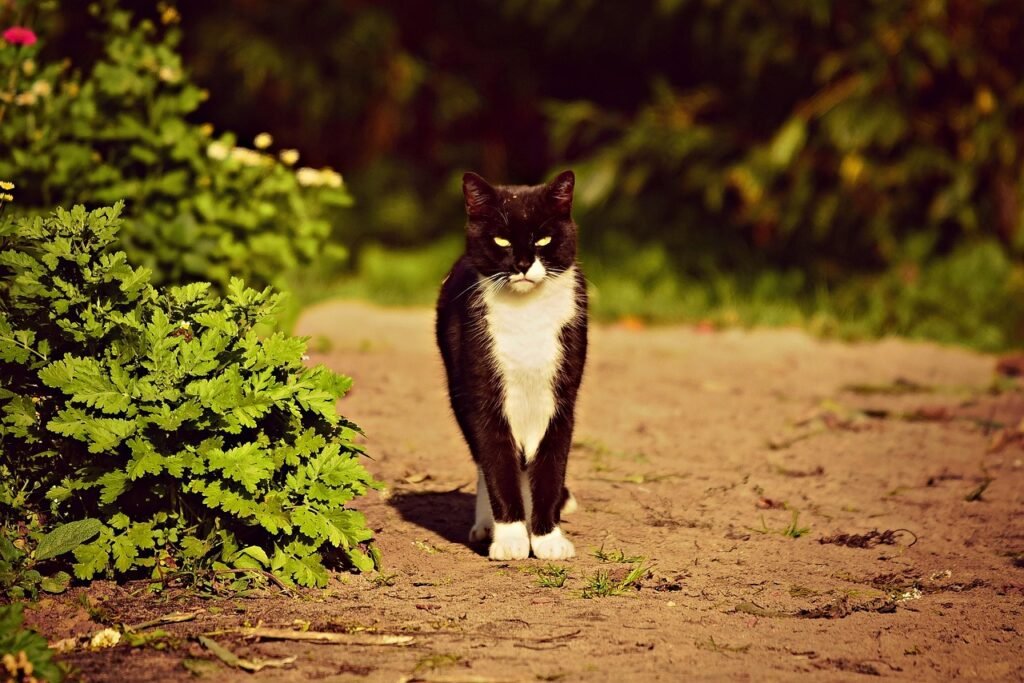
Cats thrive on routine and predictability. An inconsistent environment or frequent changes in a household can lead to anxiety and over-attachment in cats. Maintaining a consistent routine, including feeding times and play sessions, can help alleviate some of these anxieties. A predictable environment provides a sense of security for your cat.
Impact on Your Cat’s Well-being
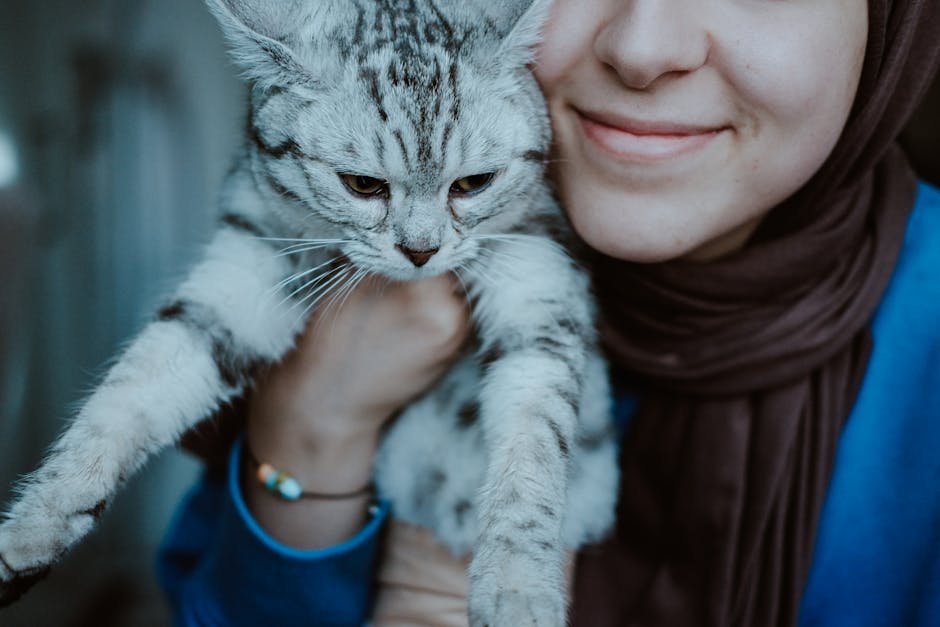
While a strong bond with your cat is desirable, over-attachment can have negative effects on their well-being. Cats that rely heavily on their owners may experience stress and anxiety when left alone. This can lead to destructive behaviors, such as scratching furniture or urinating outside the litter box. Ensuring your cat feels secure and content in your absence is crucial for their happiness.
Managing Separation Anxiety
Separation anxiety is common in overly attached cats. Signs include excessive vocalization, destructive behavior, and changes in eating habits when left alone. To manage separation anxiety, gradually increase the time your cat spends alone, starting with short periods and gradually extending them. Providing toys or interactive feeders can also keep your cat occupied and reduce anxiety.
Encouraging Independence in Your Cat
Fostering independence in your cat is essential for a balanced relationship. Encourage solo playtime by providing a variety of toys and activities that stimulate your cat’s natural instincts. Interactive toys, such as puzzle feeders, can engage your cat’s mind and keep them entertained in your absence. Gradually increasing their alone time can also help them become more self-reliant.
Setting Boundaries with Your Cat
While it’s important to be affectionate, setting boundaries with your cat is equally vital. Encourage your cat to respect personal space by gently redirecting them when they become clingy. Use positive reinforcement to reward independent behavior. Consistency is key, and over time, your cat will learn to respect your boundaries while still enjoying quality time together.
The Role of Environmental Enrichment
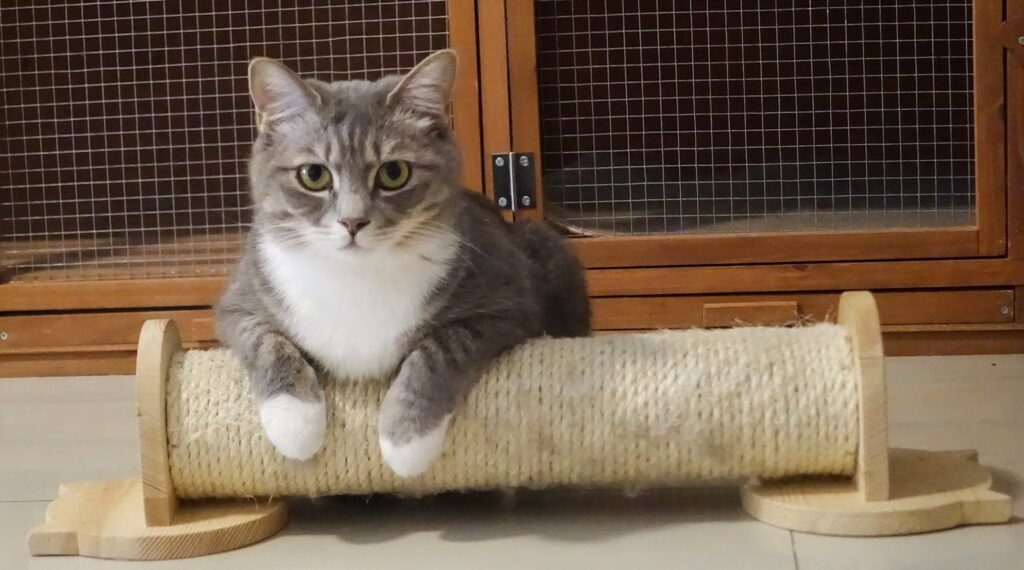
Environmental enrichment plays a crucial role in preventing over-attachment. Providing your cat with a stimulating environment can reduce boredom and anxiety. Consider adding vertical spaces, such as cat trees, to encourage climbing and exploration. Window perches can also provide entertainment by allowing your cat to observe the outside world.
Seeking Professional Help
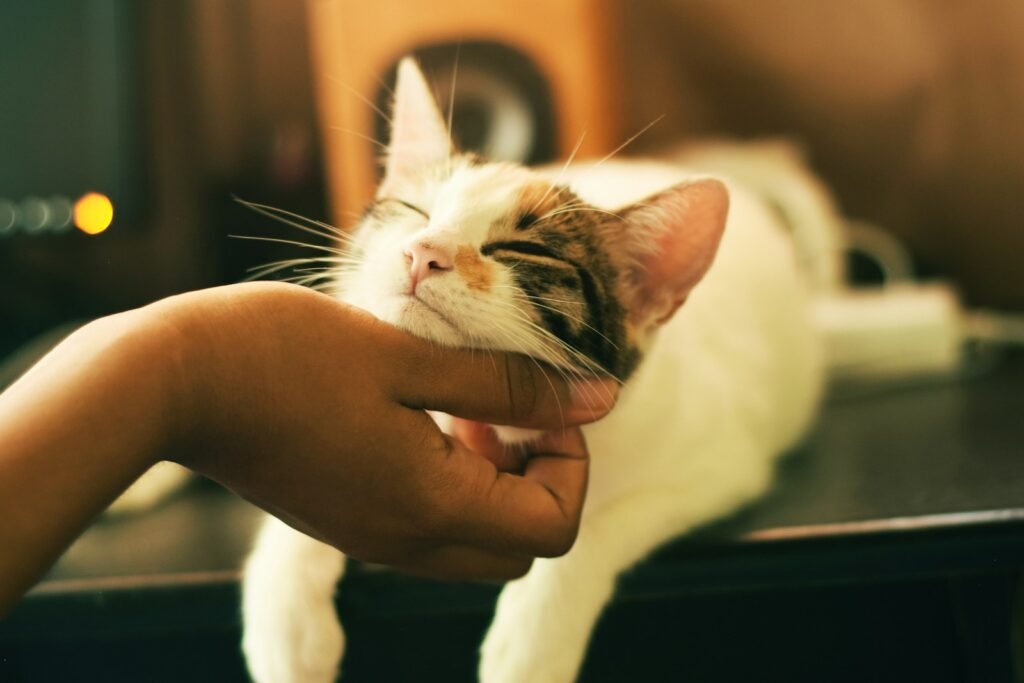
If your cat’s attachment becomes overwhelming and disrupts daily life, seeking professional help from a veterinarian or animal behaviorist may be necessary. These experts can assess your cat’s behavior and provide tailored strategies to address the issue. Remember, asking for help is a proactive step towards ensuring a healthy and happy relationship with your pet.
The Importance of Socialization
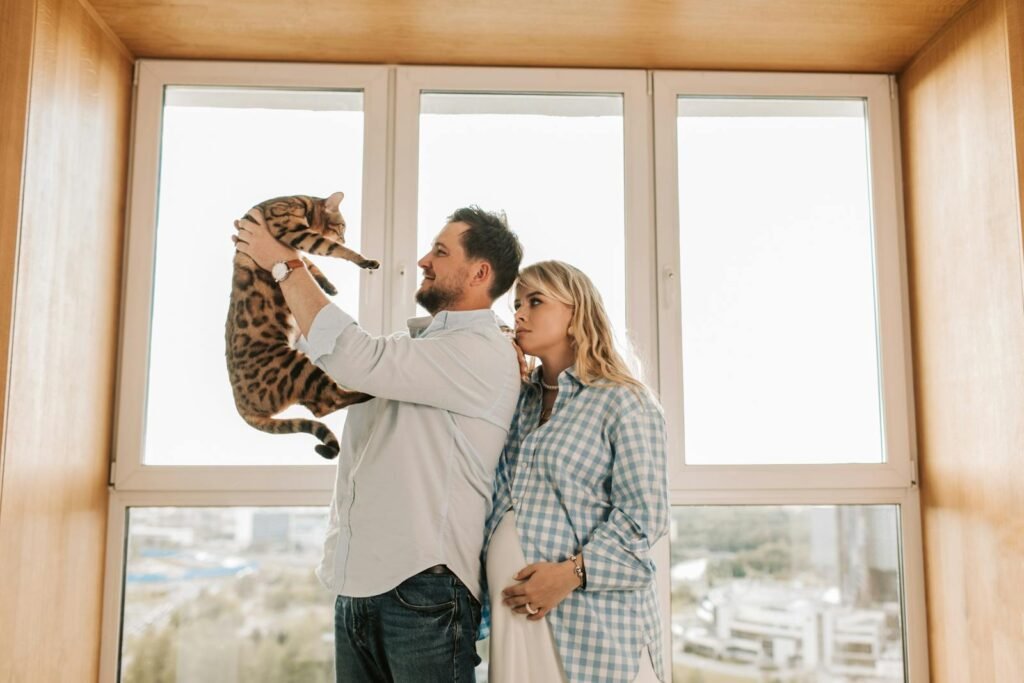
Socialization is key to preventing over-attachment in cats. Introducing your cat to different people, animals, and environments from a young age can help them become well-adjusted and less reliant on their owners. Socialization should be a gradual process, allowing your cat to explore new experiences at their own pace.
Understanding Your Cat’s Body Language

Cats communicate through body language, and understanding these cues can help you identify signs of over-attachment. Pay attention to your cat’s tail, ears, and overall posture. A cat that is overly attached may exhibit signs of distress, such as flattened ears or a tucked tail, when separated from their owner. Being attuned to these signals can help you address their needs effectively.
The Bond Between Cat and Owner
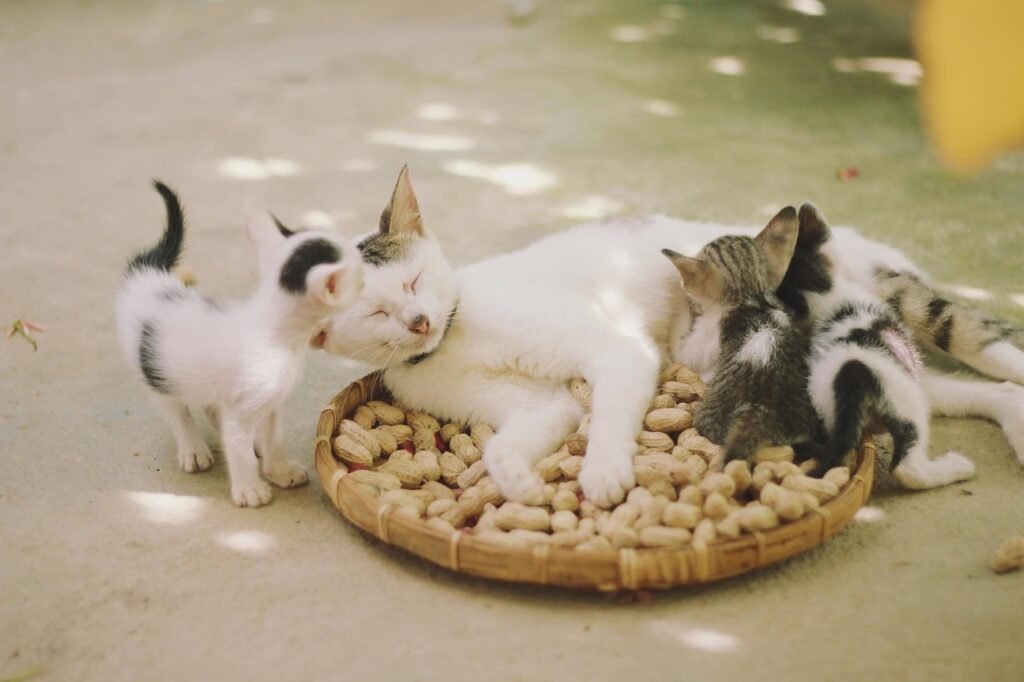
The bond between a cat and its owner is unique and special. While over-attachment can present challenges, it’s important to appreciate the deep connection you share with your feline friend. This bond is built on trust, love, and mutual respect. Celebrating this connection while addressing any issues that arise is key to a harmonious relationship.
Balancing Affection and Independence
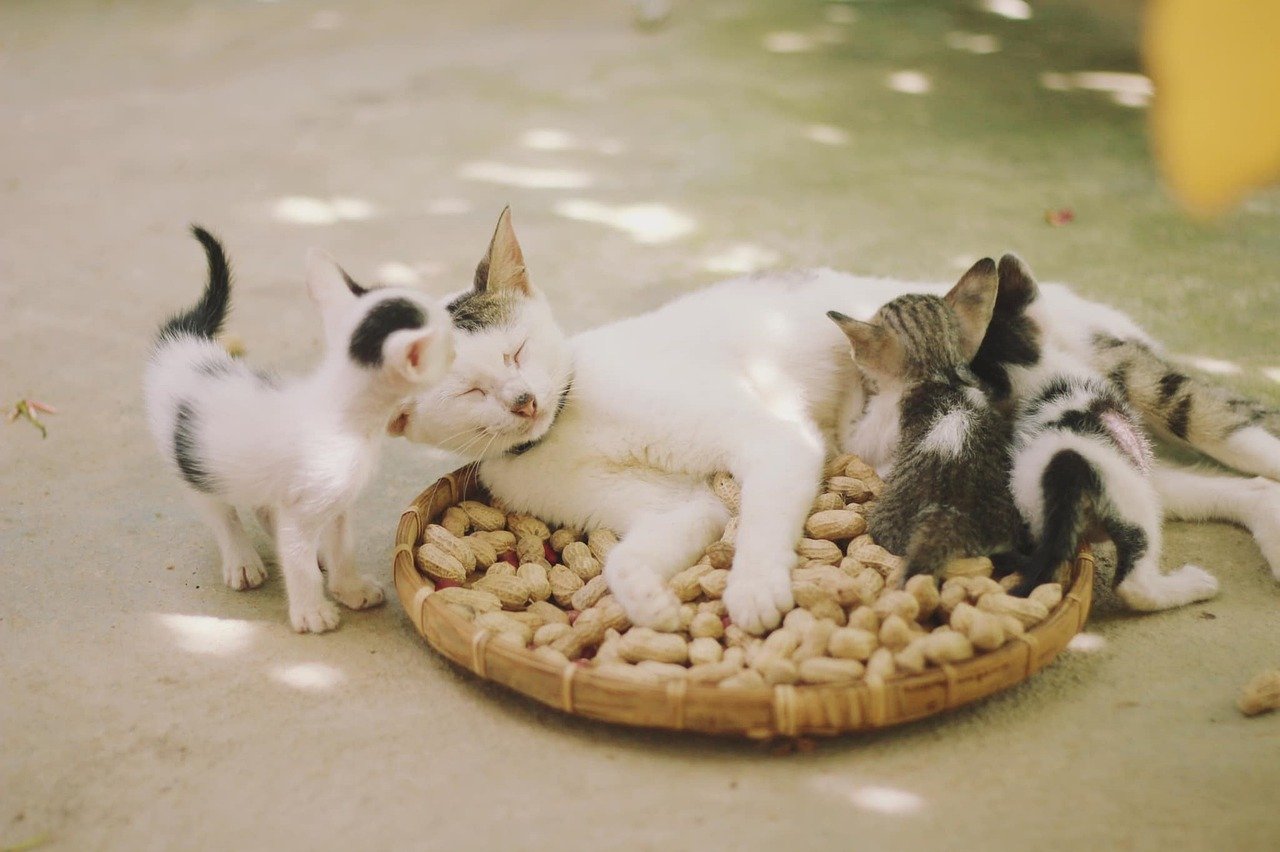
Striking a balance between affection and independence is essential for a healthy relationship with your cat. While it’s important to show love and affection, encouraging independence helps your cat become more self-sufficient. This balance ensures that your cat feels secure and content, whether you’re at home or away.
Common Misconceptions About Cat Attachment
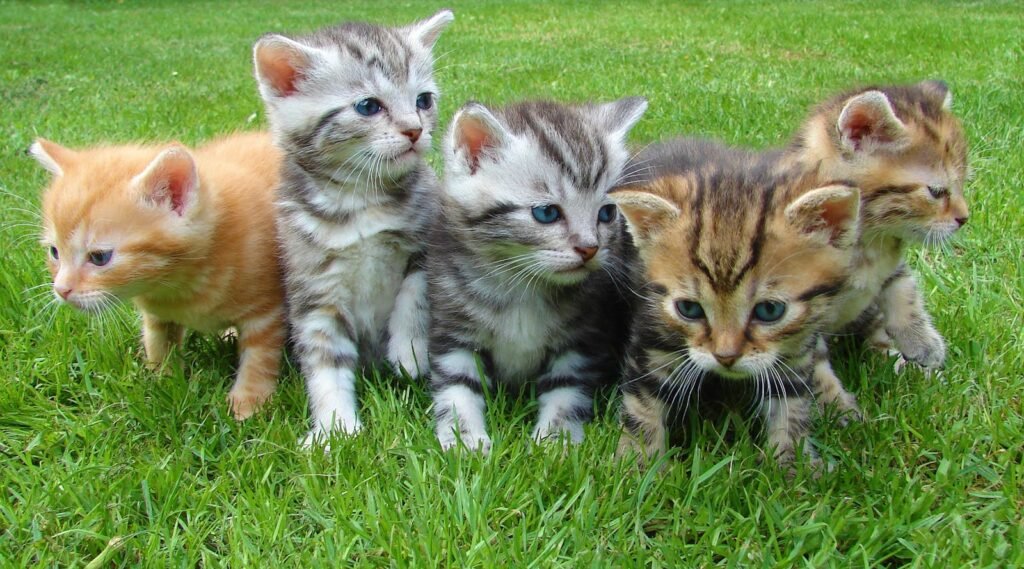
There are several misconceptions about cat attachment that can lead to misunderstandings. Some people believe that cats are inherently independent and do not form strong bonds, but this is not always the case. Understanding that cats can become attached and recognizing the signs can help owners address any issues that may arise.
Providing Comfort and Security
Providing comfort and security is essential for a cat that becomes too attached. Ensure your cat has a safe space where they can retreat when they feel overwhelmed. A cozy bed or a quiet room can provide solace and help alleviate anxiety. Offering comfort and reassurance can strengthen your bond while promoting independence.
The Impact of Early Experiences
A cat’s early experiences can significantly impact their attachment behaviors. Kittens that are separated from their mothers too soon or lack socialization may develop strong attachments as they seek security. Understanding these early influences can help owners address attachment issues and provide the support their cat needs.
Creating a Cat-Friendly Environment
Creating a cat-friendly environment can prevent over-attachment and promote well-being. Ensure your home is equipped with scratching posts, climbing structures, and interactive toys. These additions provide mental and physical stimulation, reducing the likelihood of your cat becoming overly reliant on you for entertainment.
Celebrating the Unique Bond
While managing over-attachment is important, it’s equally important to celebrate the unique bond you share with your cat. This bond is built on love, trust, and companionship. Cherish the moments of affection and closeness, and remember that your cat’s attachment is a testament to the special relationship you’ve nurtured.
In conclusion, understanding and addressing over-attachment in cats is essential for a harmonious and fulfilling relationship. By recognizing the signs, fostering independence, and providing a stimulating environment, you can ensure your cat feels secure and content. Embrace the unique bond you share with your feline friend, and remember, a balanced relationship is key to a happy and healthy life for both you and your cat.
Hi, I’m Bola, a passionate writer and creative strategist with a knack for crafting compelling content that educates, inspires, and connects. Over the years, I’ve honed my skills across various writing fields, including content creation, copywriting, online course development, and video scriptwriting.
When I’m not at my desk, you’ll find me exploring new ideas, reading books, or brainstorming creative ways to solve challenges. I believe that words have the power to transform, and I’m here to help you leverage that power for success.
Thanks for stopping by, Keep coming to this website to checkout new articles form me. You’d always love it!






